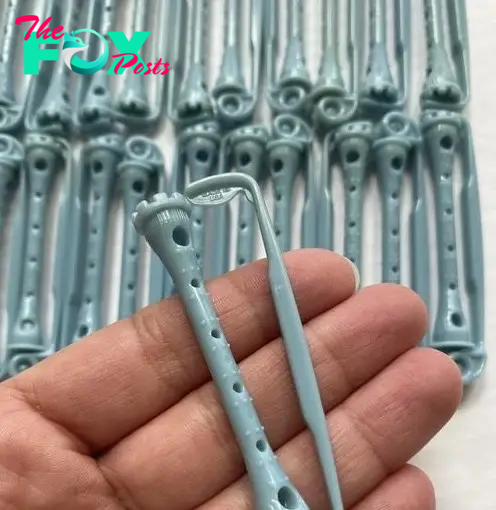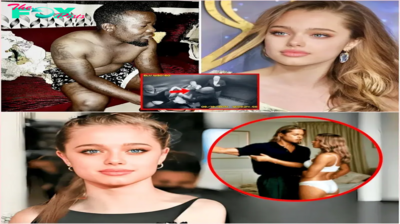Lifestyle
3 Years after Sons Death, Lady Opens Door on Halloween And Sees Kids in Costumes She Sewed for Him

This story is a touching reminder of the power of love and memory in the healing journey after loss. Rosemary’s journey back to Halloween, a holiday once filled with joy and then shadowed by grief, shows how facing painful memories can lead to unexpected healing. Her willingness to decorate the house and her reaction to seeing those children dressed in her late son’s costumes show both the depth of her loss and the transformative power of compassion.
Through her husband’s quiet act of kindness—donating Dave’s belongings to children in need—Rosemary discovers a way to channel her grief into something meaningful. By bringing Tom, a young boy who reminded her of Dave, into her home, Rosemary doesn’t just find comfort; she finds purpose, embracing the chance to love and care for another child.
This story serves as an inspiring message about grief, renewal, and the enduring impact of love. Sharing it could remind others that while loss can seem overwhelming, there’s often a way forward through acts of kindness and opening one’s heart to new connections.
RIDDLE: What Is Missing?

By enhancing memory, concentration, logical reasoning, and problem-solving ability, solving riddles improves cognitive capacities.
It encourages creative problem-solving by fostering lateral thinking. Emotionally, solving riddles calm down, make you more patient, and give you more self-assurance. They are an excellent exercise for cerebral stimulation and general well-being because they offer amusement and a pleasant method to occupy the mind.
Those who solve riddles on a daily basis might reap these advantages, which promote mental development and emotional fortitude.
Look at the puzzle below:

Are you able to determine the solution?
Look over the answer below:
The missing number in this case could be thought of as the gears in a normal manual gearbox arrangement. Considering that manual transmissions frequently have a configuration similar to this:
R stands for reverse.
1. (Primary gear)
Third gear: 2 (second gear)
Fourth gear: 4; Fifth gear: 5.
We are missing the reverse gear position, which is normally labeled as “R,” and the locations line up with gears where the missing number follows this pattern.
Therefore, taking into account the order and the concept of a manual transmission, R stands for Reverse and is the “gear” that is lacking.
-

 Lifestyle1h ago
Lifestyle1h agoBrad Pitt’s Daughter Was Shocked When She Shared: When I Was 17, My Dad Didn’t Protect Me And Finally Saw Diddy Pushing Me And Forcing Me To…Linh
-

 Lifestyle1h ago
Lifestyle1h agoKim Kardashian Reacts Strongly After Diddy Leaks Controversial Photos.Linh
-

 Lifestyle3h ago
Lifestyle3h agoAbhishek Bachchan talks about fatherhood after missing daughter Aaradhya's birthday | The Express Tribune
-

 Lifestyle3h ago
Lifestyle3h agoMohini Dey responds to rumours linking her to AR Rahman’s divorce | The Express Tribune
-

 Lifestyle7h ago
Lifestyle7h agoLiam Paynes funeral: One Direction reunites in tragic scenes, new and old lovers bid him farewell in heartbreak see more.cau
-

 Lifestyle7h ago
Lifestyle7h ago“David Beckham Sparks Controversy Explaining Why He Kisses His 11-Year-Old Daughter on the Lips”.ngocchau
-

 Lifestyle8h ago
Lifestyle8h agoRoger Waters sends open message to Bisan Owda | The Express Tribune
-

 Lifestyle8h ago
Lifestyle8h agoWakhri' secures award at Indian film fest | The Express Tribune

















